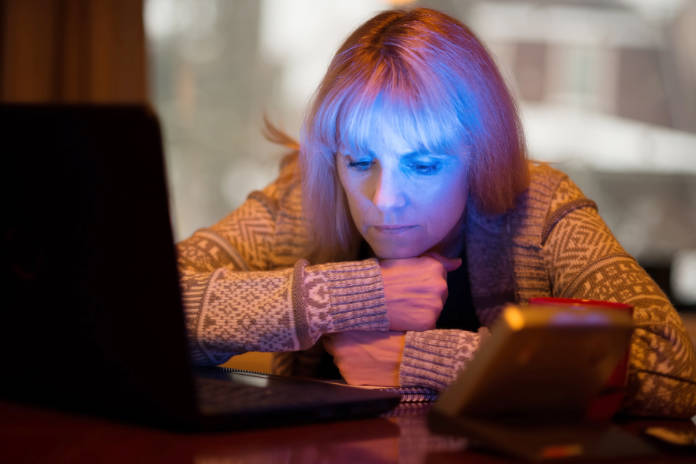With the days getting shorter, colder and let’s face it, gloomier, chances are you might be feeling a bit down. But there is also a chance it could be SAD.
Otherwise known as Seasonal Affective Disorder, according to Bupa, SAD affects up to three in 100 people in the UK at some point in their life. A form of depression, most people experience the first symptoms in their 20s or 30s, and women are four times more likely to get the blues than men.
Scientists cite a lack of daylight as the main trigger, with changes in hormone levels in the body producing higher melatonin, which can cause lethargy and ultimately, symptoms of depression.
5 myths about SAD
With so many myths surrounding SAD, we talk to Rosie Weatherley, information content manager at Mind, the mental health charity, to find out more…
1. SAD isn’t real
Seasonal Affective Disorder is a real mental health problem and is not just about changes in the weather. Causes of SAD are often thought to be close to the causes of depression. Alongside these, SAD can be brought on by changes in sunlight, changes to your body clock, or how you experience particular seasons and temperatures.
all I associate October with is seasonal affective disorder. Every autumn feels like a russian roulette.
— Kerri (@_KerriPrince) October 1, 2021
2. Winter didn’t used to make you feel sad – it can’t just suddenly start

There is no standard timeframe for when people start experiencing SAD. It can happen at any age, no matter how you felt about different seasons as a child.
3. Everyone experiences low energy during the winter months, you can snap yourself out of it
There is a difference between feeling down because of the weather and experiencing SAD. Many of us can be affected by changes in seasons – you may feel more cheerful in the summer, when the weather is good and the days are longer, as opposed to winter weather.
If you have SAD, however, the change in seasons has a much greater effect on mood and energy levels, leading to symptoms of depression that have a significant impact on day-to-day life. Some people experience SAD during the warmer weather, rather than winter.
4. You’re still working, so you must be fine

Being able to work does not mean you do not have mental health problems. Around one in four of us experience mental health problems in any given year, and we often continue our day-to-day lives while managing those conditions. Just because someone isn’t talking about their mental health, does not mean they are feeling well.
5. There is no cure – you just have to ride it out
SAD is treatable and there are a range of things you can do to help manage it. Planning ahead for the times you experience SAD can help. If winter is the trigger for you, making the most of the natural light and spending time outside when you can might be helpful.
Physical activity – even relatively gentle activity, such as housework or gardening, can really boost your mood and increase your energy levels. Research shows that regular physical activity can reduce the risk of depression.
Talk to your GP if you’ve noticed changes to your feelings, thoughts and behaviour that last longer than two weeks or keep returning. Your GP should be able to tell you what help and support is available. If appropriate, they may refer you for talking treatments – such as counselling or cognitive behavioural therapy – which can be very useful. Antidepressants may be also be suggested as an option.
For more information, visit Mind.































































